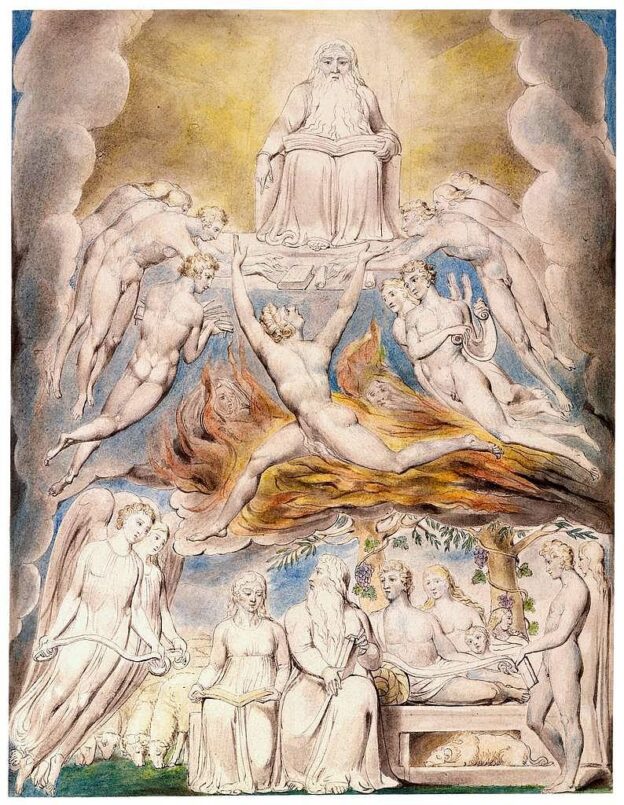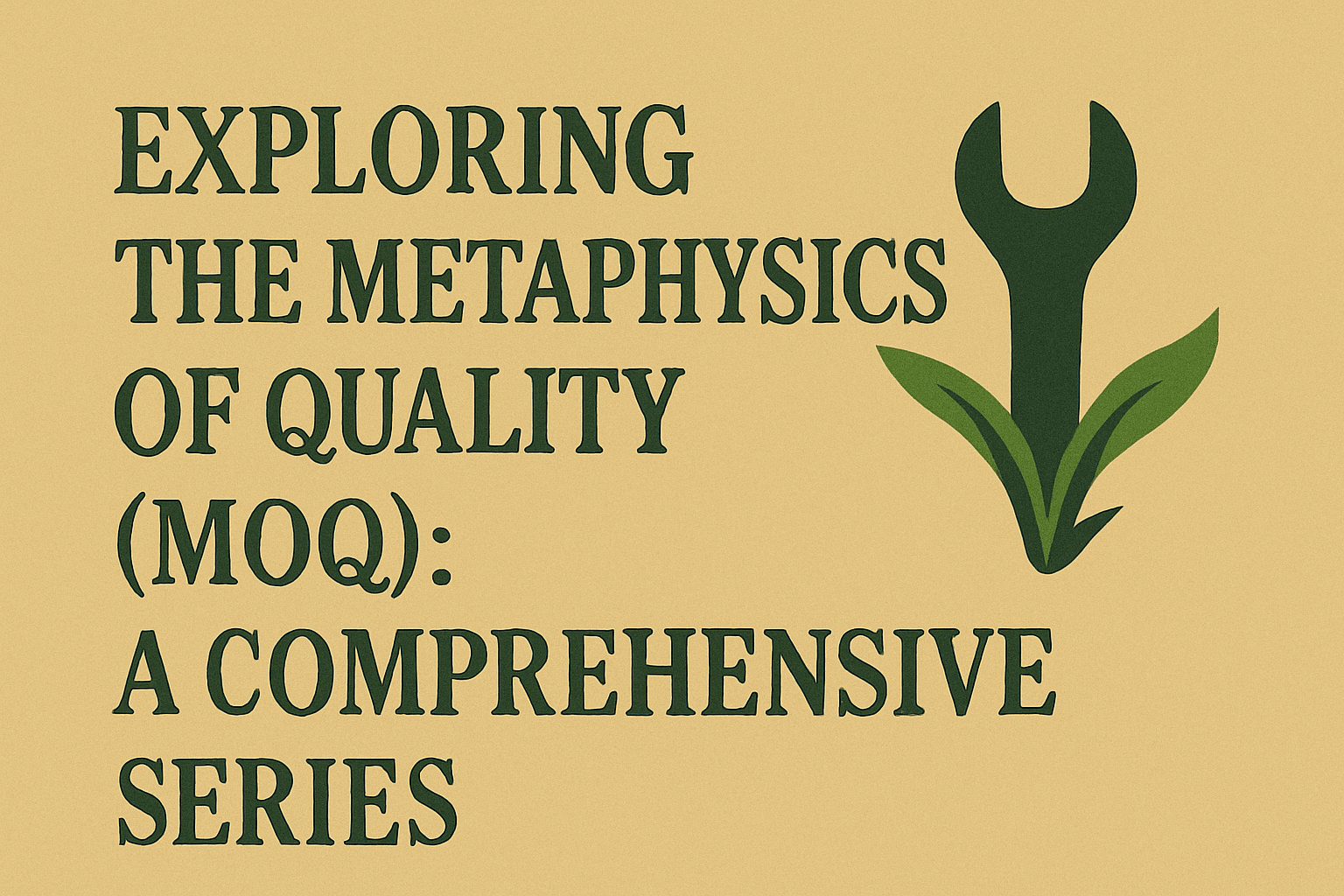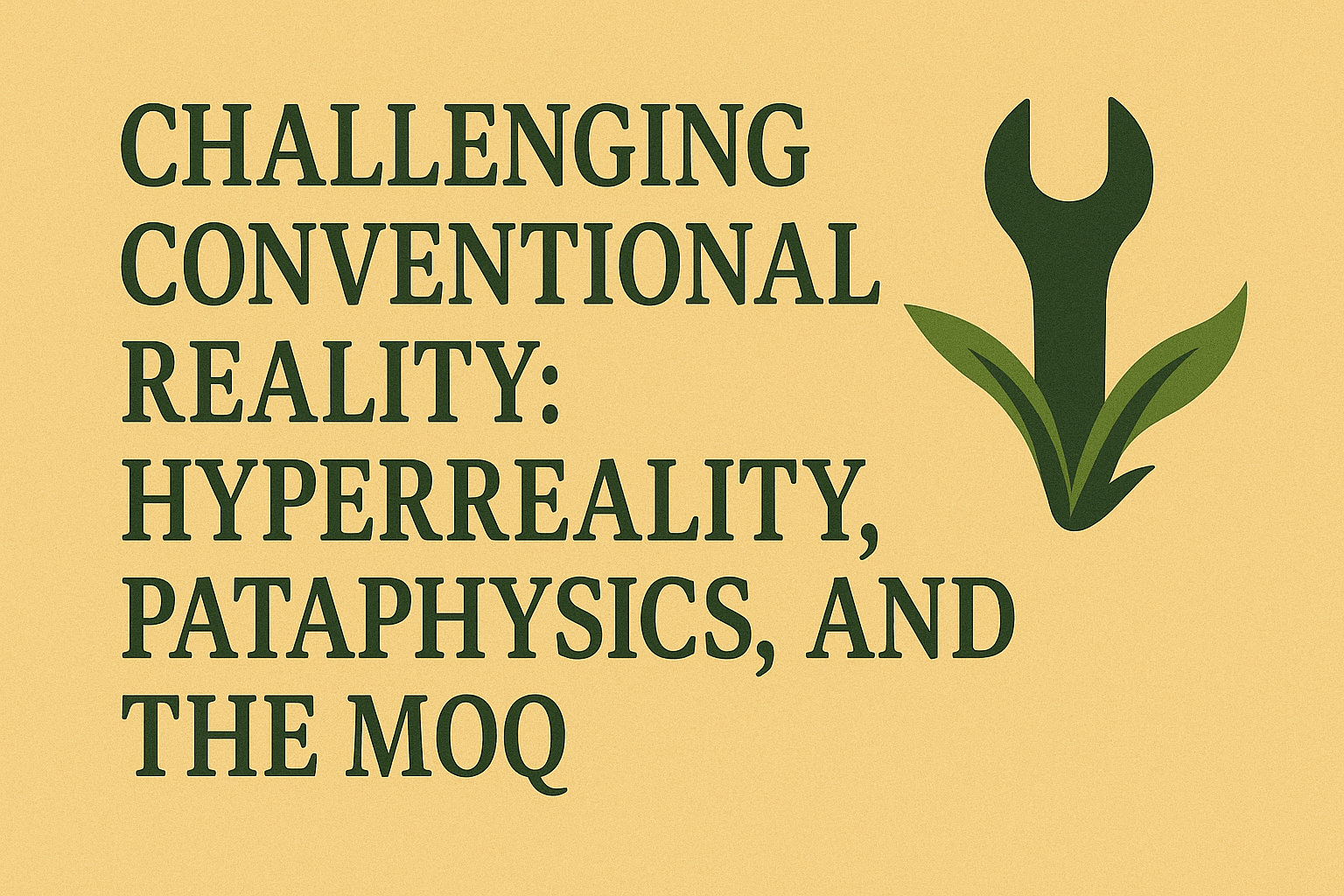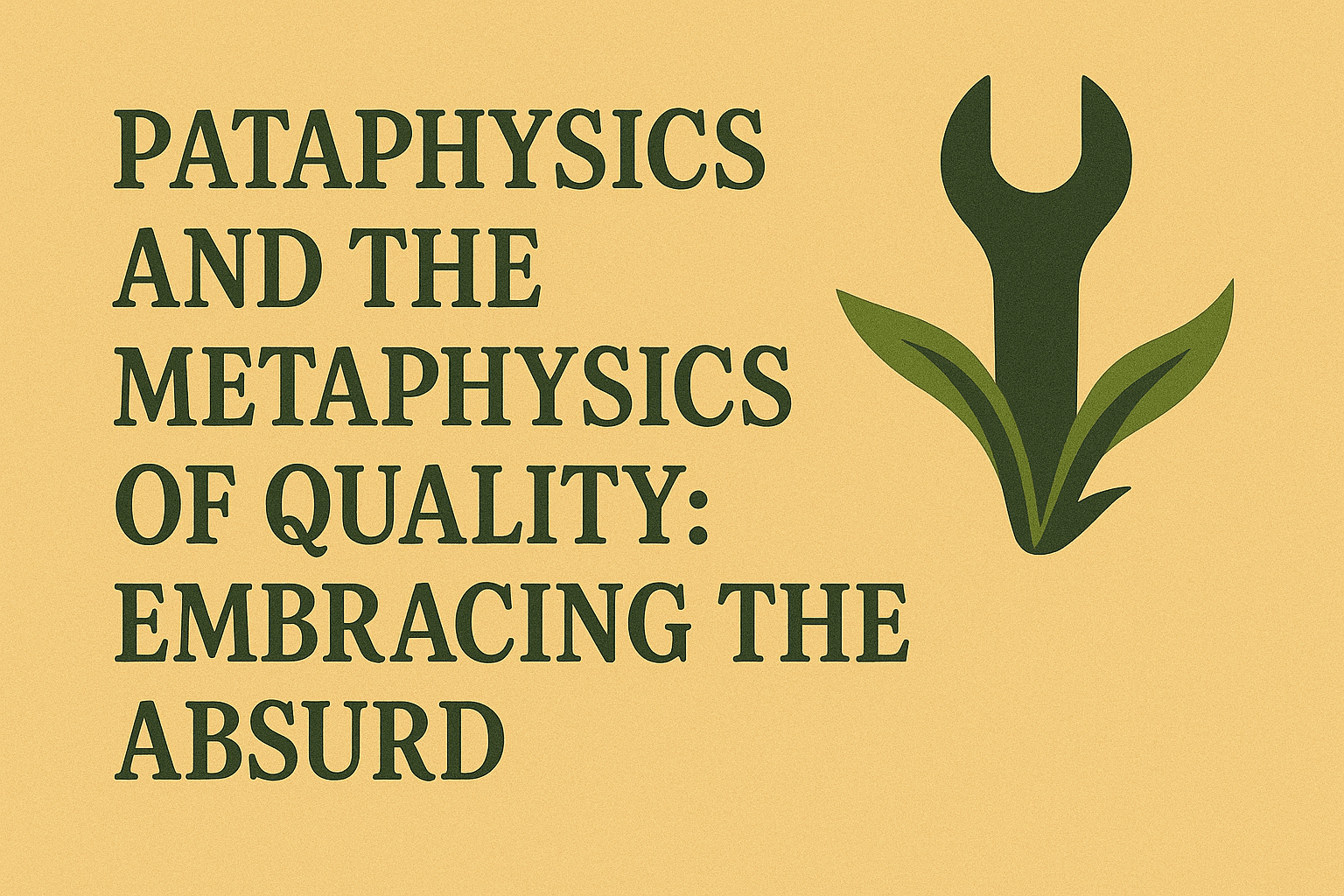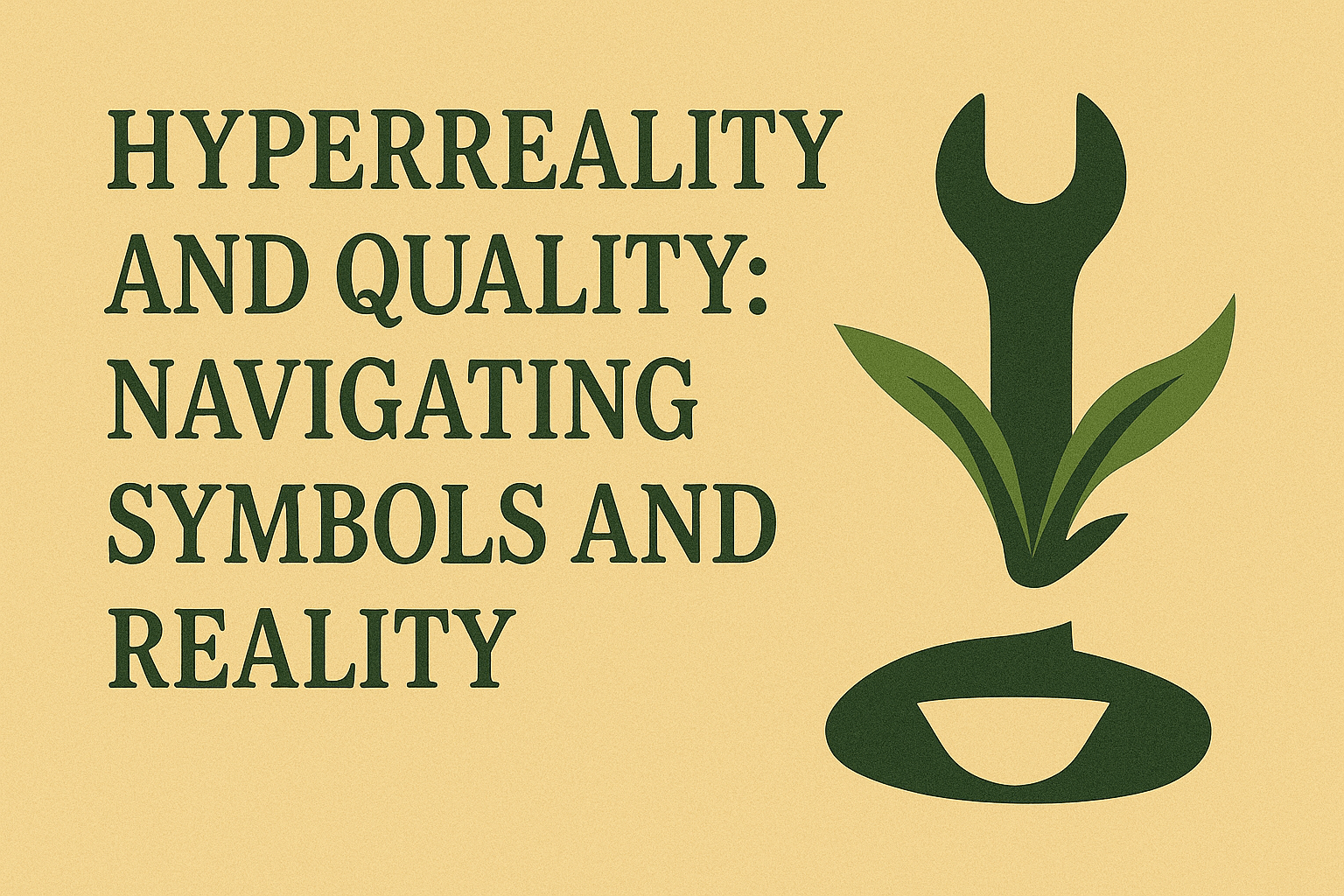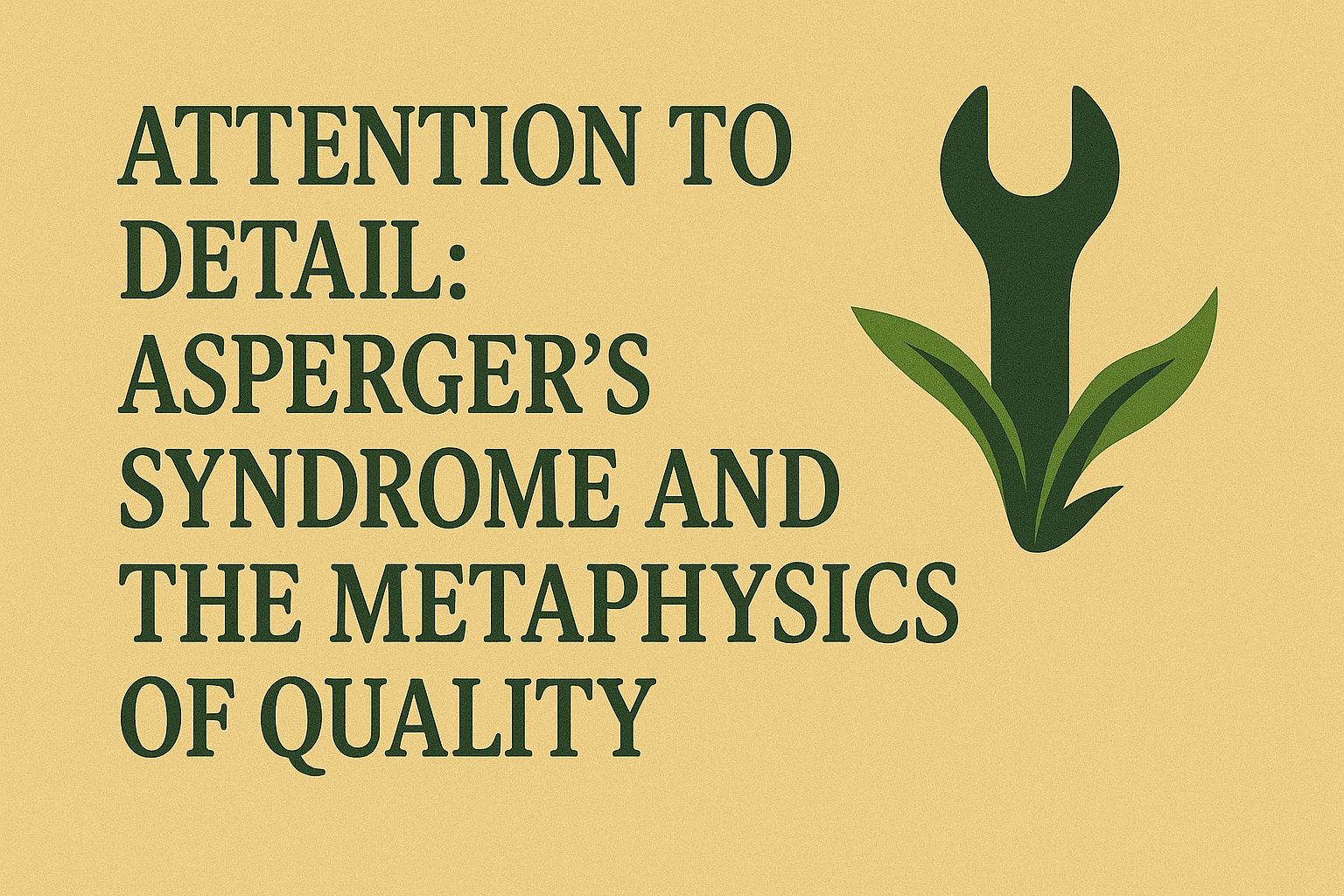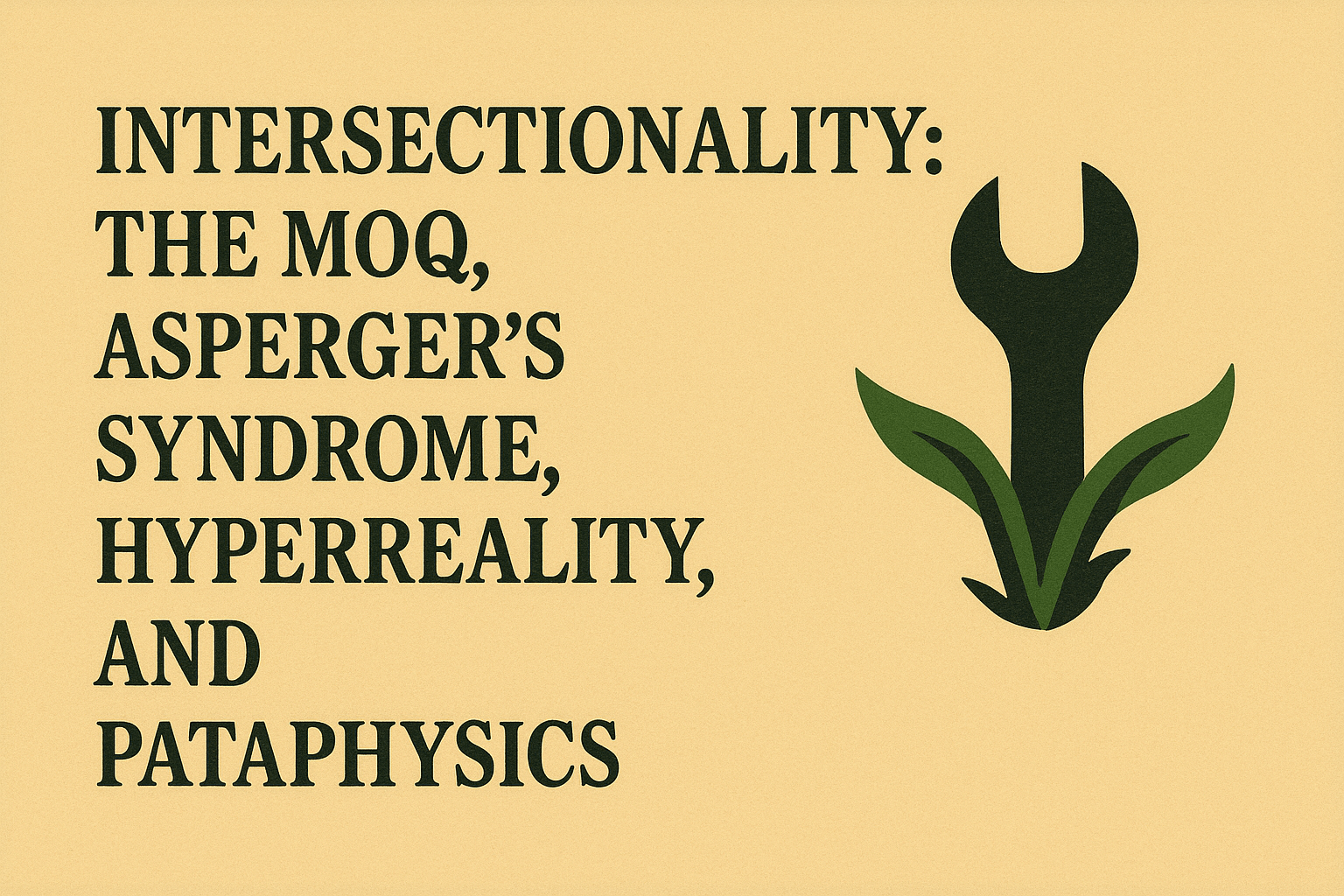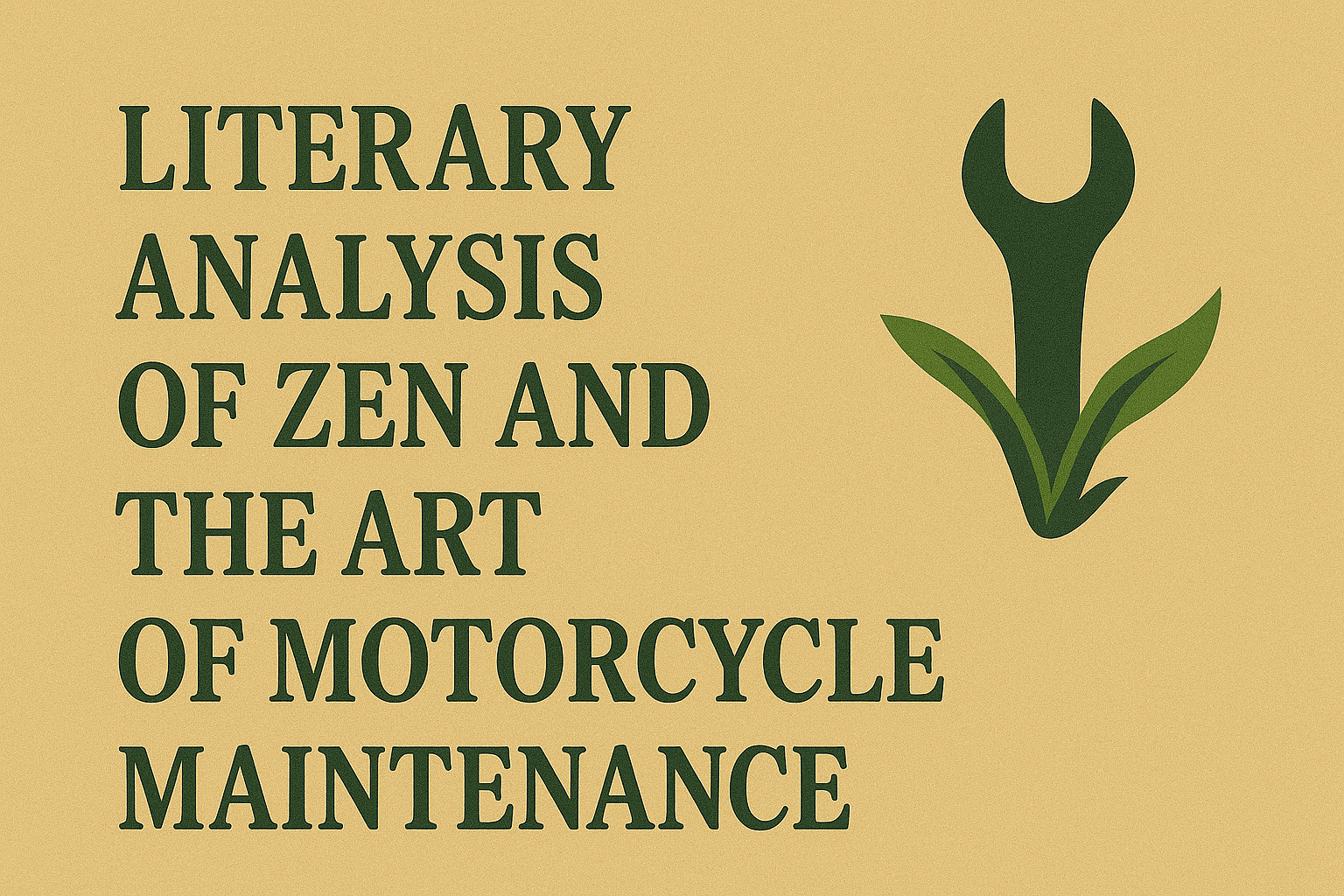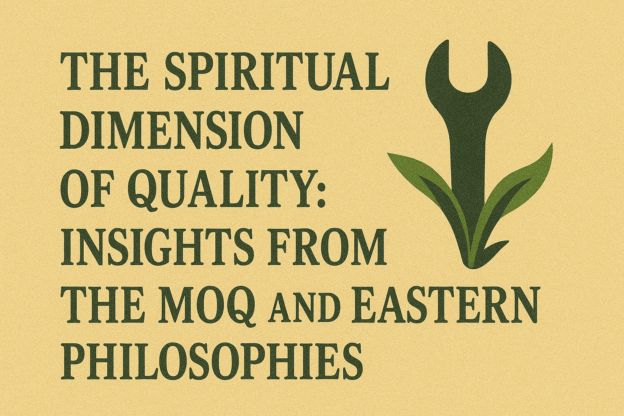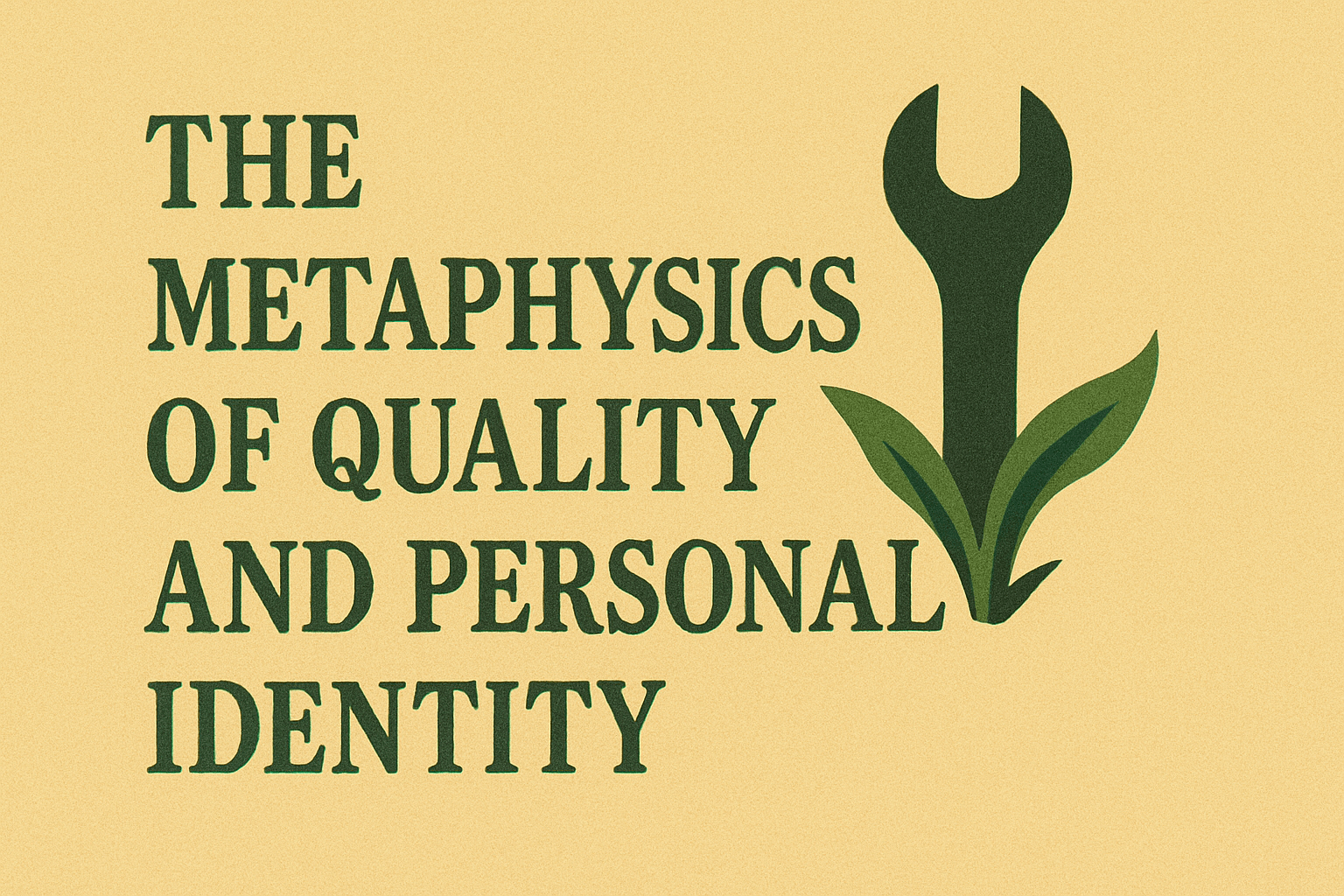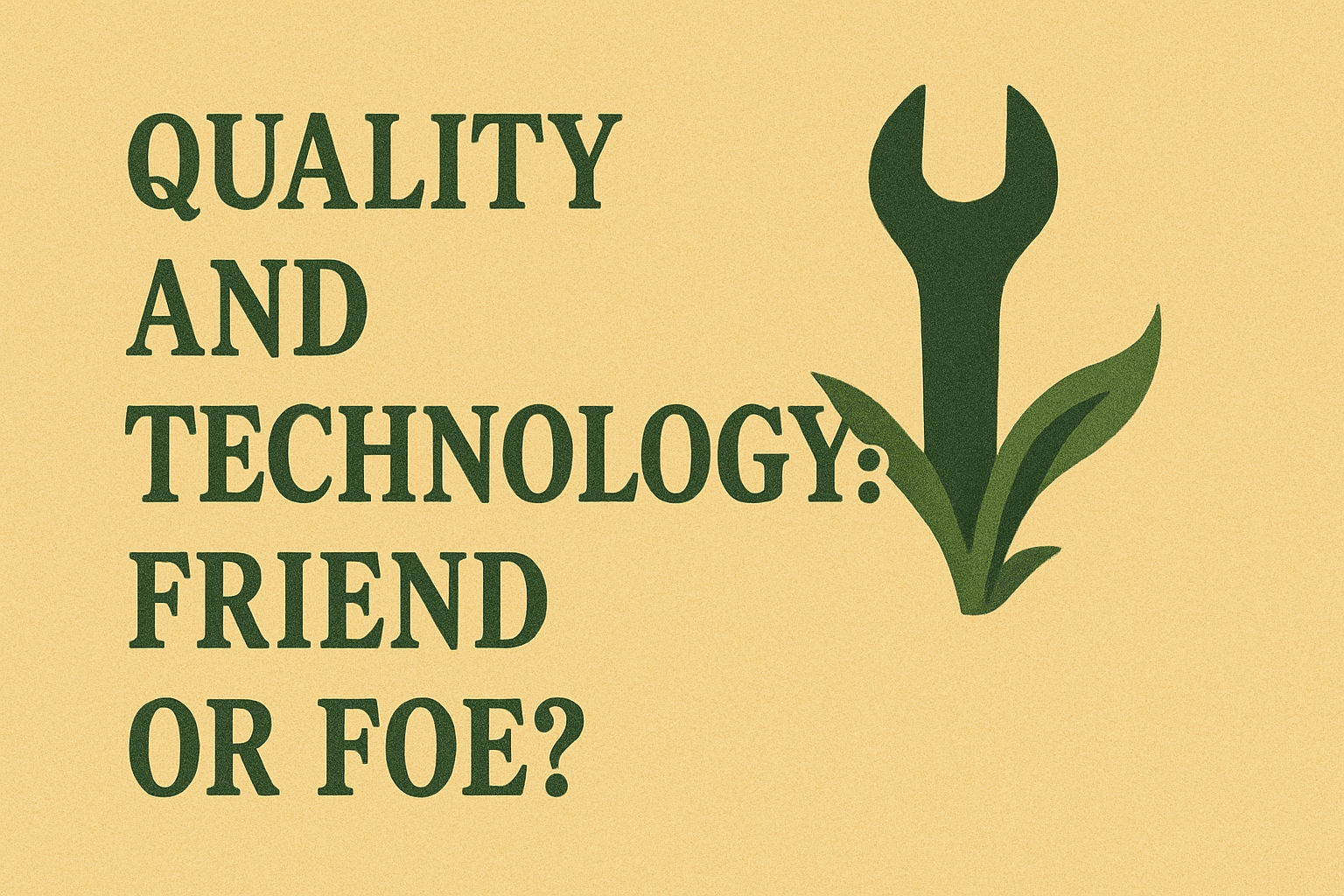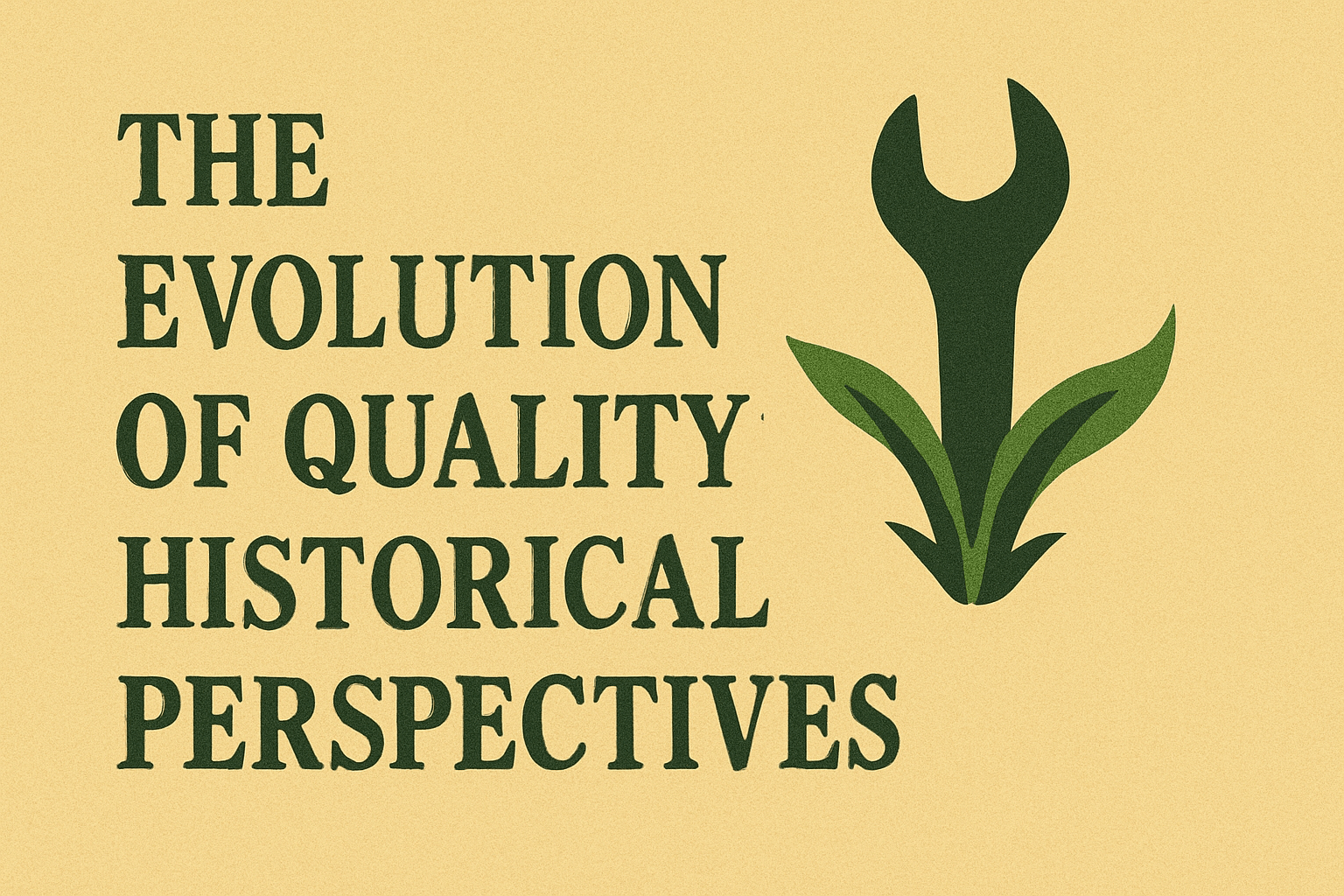Brion Gysin, an artist, writer, and key figure in the 20th-century avant-garde, straddled multiple artistic movements, leaving a profound influence on literature, art, and music. This article explores Gysin’s early fallout with the Surrealists, his pivotal collaboration with the Beat Generation, and his role in introducing the Master Musicians of Joujouka to the West. It highlights his invention of the Dreamachine, his development of the cut-up technique with William S. Burroughs, and his influence on musicians like Brian Jones and David Bowie. Gysin’s legacy of experimentation, mysticism, and boundary-pushing creativity endures, despite his battles with cancer in his later years.
Continue reading →



